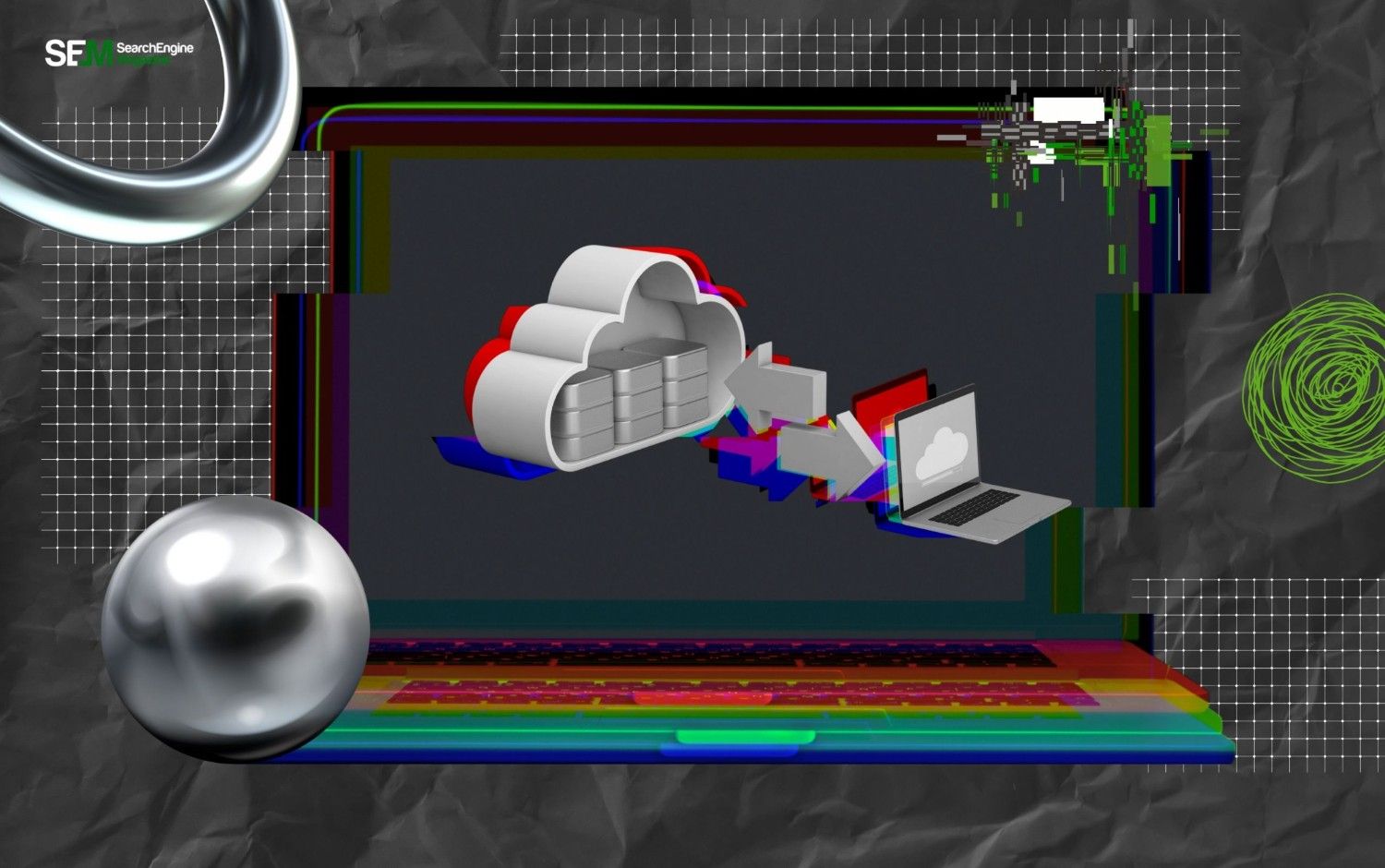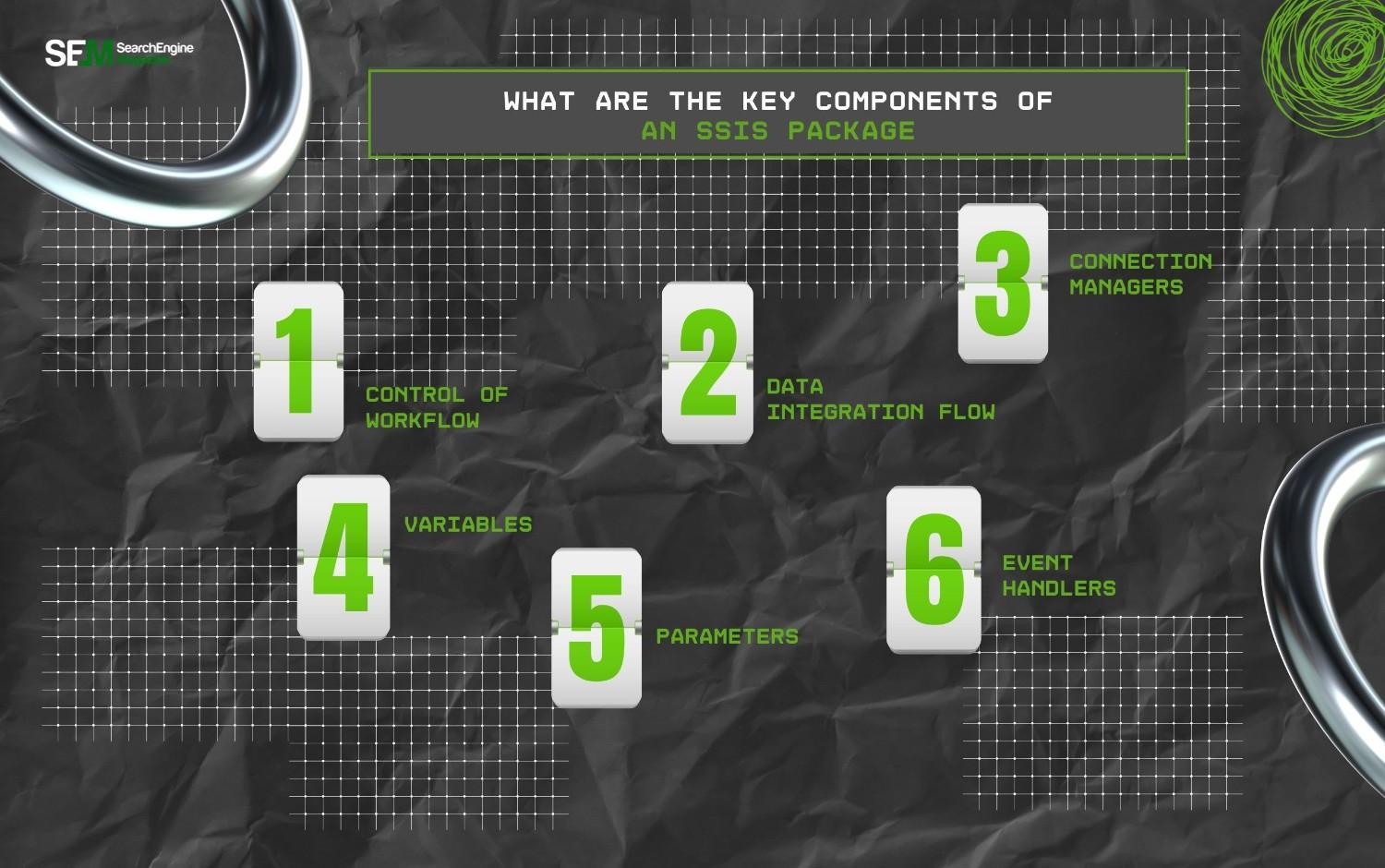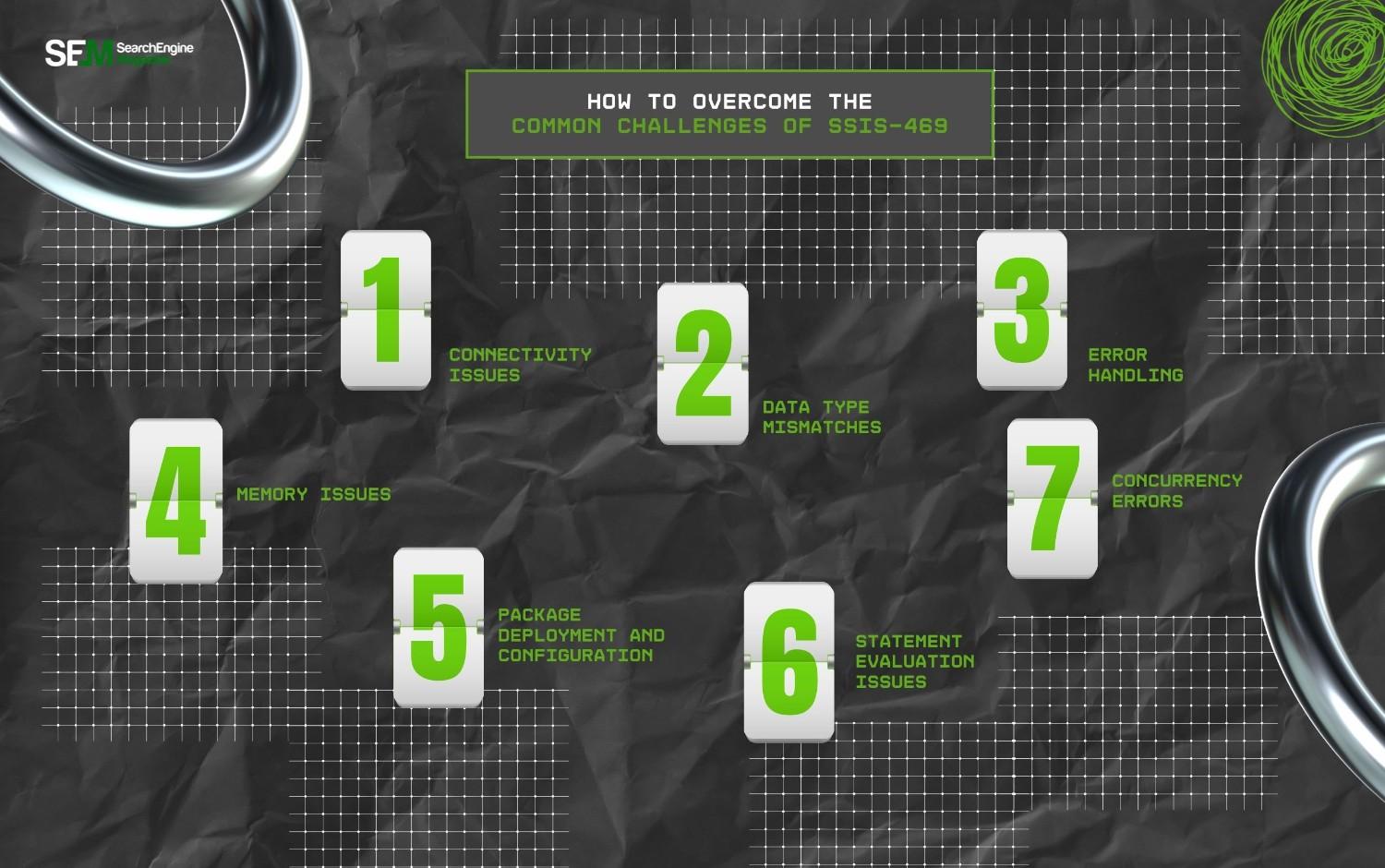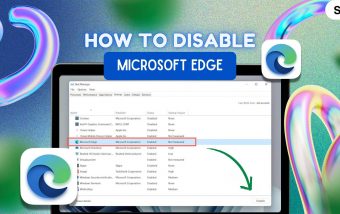What Does ML Mean In Text? Decoding The Social Media Lingo
Nov 28, 2025

Nov 28, 2025

Nov 28, 2025

Nov 28, 2025

Nov 28, 2025

Nov 27, 2025

Nov 27, 2025

Nov 26, 2025

Nov 26, 2025
Sorry, but nothing matched your search "". Please try again with some different keywords.


With the advancement in digitalization, data has evolved into the foundational component for all industries.
So, managing it properly becomes a crucial aspect for all fields. Starting from its collection and storage to system integration, a proper tool is required.
That’s where the SQL Server Integration Services (SSIS) comes to play.
It provides a powerful platform for diverse industrial organizations to manage data integration and transformations.
So, within its system, it offers different versions that help in handling the package names, error elimination, task delegation, and more.
And, SSIS-469 is one of these system packages in the SSIS platform.
So, if you are wondering whether this SSIS system package is worth the hype, I am here to debunk its popularity.
In this blog, I am going to delve into all the aspects of the SSIS-469 system package to explore—
Stay tuned!

Even though the SSIS-469 looks like complex code, it is a short ID referring to the specific package version in the SSIS system.
As a component of the Microsoft SQL Server, it mainly provides features for the Extract, Transform, and Load (ETL) functions.
That is, it offers tools for data extraction, transformation, and loading into databases.
In addition to this, it helps in simplifying the data integration process of the firms. So, using the SQL Server Data Tools (SSDT) helps in creating and removing errors from the data solutions.
Moreover, you can use the packages based on your business needs. So, the SSIS-469 package is necessary for—

Much of the popularity of the SSIS-469 package rests on its dynamic key components. So, here are the unique features it offers for data management.
Firstly, it provides the Control Flow feature that helps in defining, adjusting, and managing the flow of tasks and executions.
Moreover, it employs the precedence constraints to manage the workflow based on the success rate of the completed tasks. Some of its common task controlling tools include—
Unlike the Control Flow, the Data Integration Flow is the core functioning feature of the model. Within this feature, the entire process of data management is performed.
With this tool, you can extract the data sets from a variety of database systems. So, be it collecting the data from SQL Servers or Excel spreadsheets, this tool makes the process easy.
Along with extracting the data, this feature enables the transformation of datasets. That is, using the various tools— Derived Column, Data conversion, Lookup, Sort, Aggregate, and more— to cleanse, modify, and enrich the data.
In addition to this, you can change the location of the data storage by modifying the data destinations. So, loading the transformed data into a separate database becomes quite easy.
Apart from the data management and control features, it comes with the Connection Managers feature that helps in connecting the external datasets with the system.
Moreover, it requires proper authentication codes and data storage details to build the connection with external data.
Additionally, it offers the variables feature to store the data value. That is, you can use them for data computation or transformation, helping manage the tasks faster.
Similarly, it also has parameters to pass the stored data values in the dataset for execution. So, they are a crucial component for the modification of the datasets.
Finally, it has event handlers for defining the specific actions for the data execution. Also, it helps in streamlining the workflow and identifying errors easily.
| Pros | Cons |
|---|---|
| 1. Robust model for data extraction, transformation, and loading. | 1. Licensing is expensive. |
| 2. Integrated within the Microsoft SQL Server. | 2. Requires prior knowledge of SQL functions for proper data transformations. |
| 3. Supports diverse data sources from various databases. | 3. Limited only to the Windows environment. |
| 4. Helps in controlling and managing data flow. | 4. Consumes a lot of memory space and CPU resources. |

Even though the system is quite useful, it comes with some challenges. So, here’s how to overcome them to use the system to its best potential.
Since data integration and management have become easy and efficient with the SSIS-469 system, it is being widely adopted by various industries.
So, if you too want to employ its features, here are the best practices for it—
Honestly, SSIS-469 has dynamically simplified the complicated process of data transformation and integration. So, naturally, it is hyped among the data-using companies.
In addition to this, this specific version of the SSIS platform helps in managing the data collected from diverse sources. And, amidst a digital revolution, it feels like a boon.
So, now that you know everything about the SSIS-469, go ahead and use the system package to deploy datasets without breaking a sweat!
In Microsoft SQL Server, the SSIS tool is used for data management. Moreover, it is integrated within the ETL software of the system. That is, it helps in data extraction, transformation, and loading.
Generally, there are three types of SSIS— Fully Blocking, Semi-Blocking, and Non-Blocking data transformation components. So, based on the needs, you can employ any of these for data integration.
Given that the platform is used by all kinds of industries, it offers a user-friendly design and simple interface. Moreover, it uses the GUI to simplify the operations on the platform. So, to operate the system, there is no need for extensive coding.
Technically, yes, it is possible to use the SSIS system without the SQL Server. So, you can use the SSDT to create the SSIS packages and datasets. However, you will need an SQL Server for data extraction, transformation, and execution of the operations.
Read Also:
Barsha is a seasoned digital marketing writer with a focus on SEO, content marketing, and conversion-driven copy. With 7 years of experience in crafting high-performing content for startups, agencies, and established brands, Barsha brings strategic insight and storytelling together to drive online growth. When not writing, Barsha spends time obsessing over conspiracy theories, the latest Google algorithm changes, and content trends.
View all Posts
What Does ML Mean In Text? Decoding The Soc...
Nov 28, 2025
What Does DTM Mean In Text? One Acronym, Mu...
Nov 28, 2025
What Does HY Mean In Text? Deciphering Its ...
Nov 28, 2025
Is PeopleLooker Legit? Finding Public Backg...
Nov 28, 2025
Longest Snapchat Streaks: How To Trend With Y...
Nov 27, 2025

